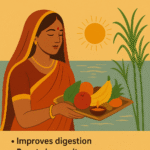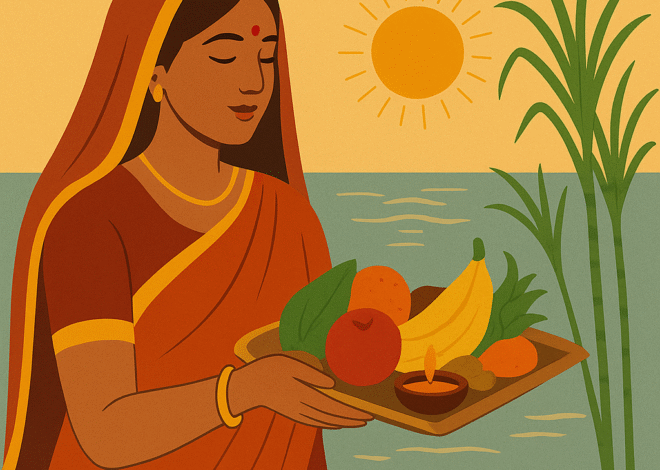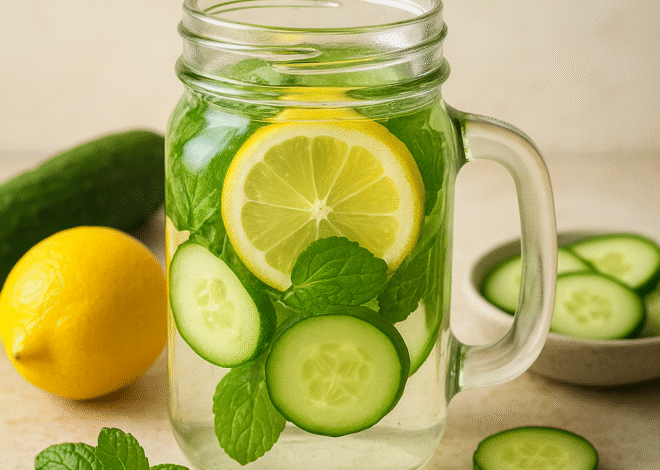
What Foods to Eat & Avoid during Typhoid Fever
It looks like you might be referring to “typhoid.” Typhoid fever is a serious illness caused by the bacterium Salmonella typhi. It spreads through contaminated food or water and can cause symptoms like prolonged fever, weakness, abdominal pain, and rash.
Vaccination and proper sanitation are key in preventing typhoid fever. If you think you might have it or are at risk, it’s important to seek medical attention for diagnosis and treatment. Do you have specific questions about typhoid fever.

Dietary management of typhoid fever is crucial for aiding recovery and ensuring the body gets the nutrients it needs while dealing with the infection. Here are some general dietary guidelines to follow:
During the Acute Phase:
- Stay Hydrated: It’s essential to drink plenty of fluids to prevent dehydration. Oral rehydration solutions (ORS), clear broths, and diluted fruit juices can be helpful.
- Easily Digestible Foods: Focus on easily digestible foods that are gentle on the stomach. These can include:
- Clear soups and broths
- Boiled rice or porridge
- Mashed potatoes
- Steamed or boiled vegetables
- Plain crackers or toast
- Avoid Spicy and Fatty Foods: Foods that are spicy, fatty, or rich can irritate the digestive system and should be avoided.
- Small, Frequent Meals: Eating small, frequent meals can be easier on the digestive system compared to larger meals.
As Recovery Progresses:
- Increase Protein: Once the patient can tolerate a wider range of foods, gradually introduce more protein-rich foods such as lean meats, fish, eggs, and legumes. These help in tissue repair and overall recovery.
- Incorporate Fruits and Vegetables: As the appetite improves, include a variety of fruits and vegetables. These provide essential vitamins and minerals to support the immune system.
- Avoid Dairy Products Initially: Dairy products can be hard to digest for some people after a bout of typhoid fever, so it’s often best to avoid them until the digestive system has fully recovered.
- Maintain Good Hygiene: Ensure that all food and water are prepared and stored hygienically to prevent re-infection.
Additional Tips:
- Avoid Raw Foods: To reduce the risk of further infection, avoid raw fruits and vegetables unless they are thoroughly washed and peeled.
Sample Diet Chart for Typhoid Fever

Day 1-3: Acute Phase
- Breakfast:
- Clear broth or vegetable soup
- Plain toast or crackers
- Oatmeal or porridge with a bit of honey
- Mid-Morning Snack:
- Oral rehydration solution (ORS) or diluted fruit juice
- Lunch:
- Boiled rice with a plain vegetable or lentil soup
- Steamed or boiled carrots or potatoes
- Soft-cooked rice with mashed vegetables or dal (lentil soup)Boiled chicken or fish (if protein is tolerated)
- Afternoon Snack:
- Herbal tea (e.g., chamomile) or clear vegetable broth
- Dinner:
- Plain porridge or plain rice with a small serving of steamed vegetables
- Mashed potatoes or well-cooked vegetables
- Soft-cooked rice or plain noodles
- Evening Snack (if tolerated):
- A small amount of plain yogurt (if dairy is well-tolerated)










